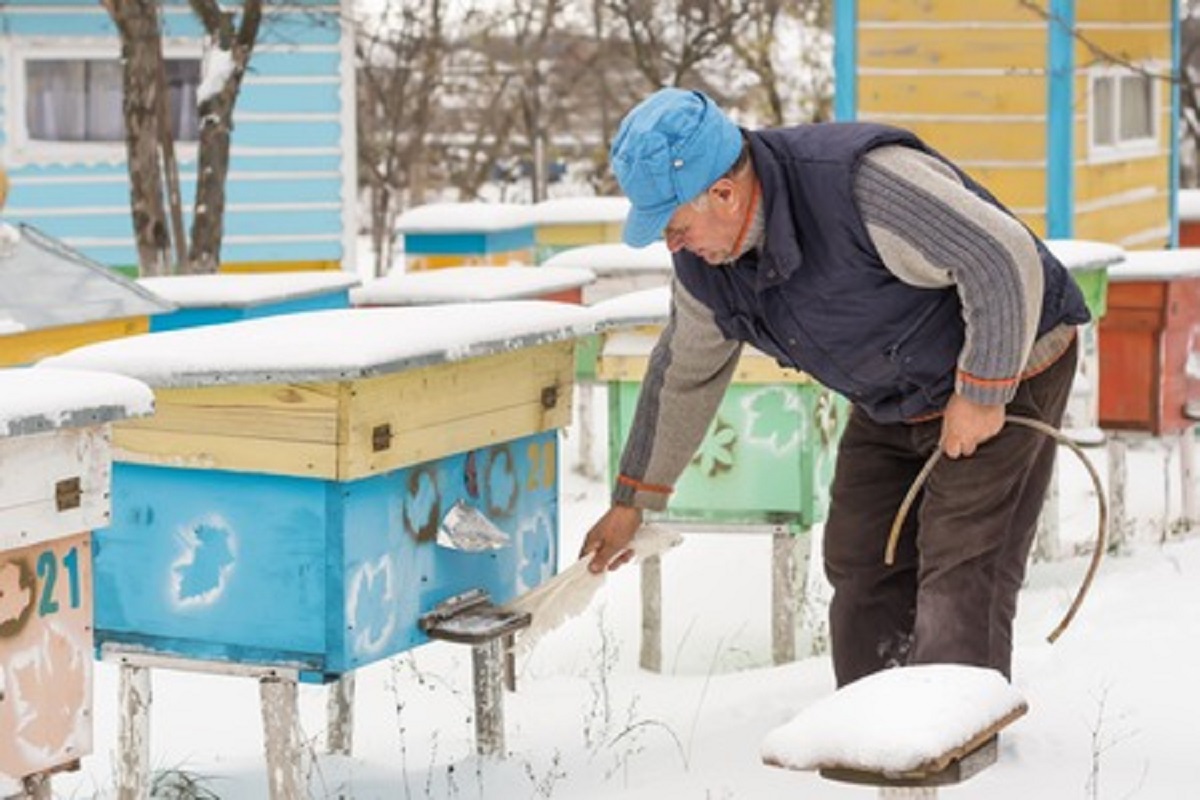Honeybees Need Water During Winter Too
January 01, 2018
For much of the United States, the weather following New Year’s Day is what you would expect of January winter weather—30 degrees for many parts of the central U.S. and low 20s in places on the East Coast. However, some spots on the map are seeing much more favorable temperatures, with places like Las Vegas seeing 60 degrees and Los Angeles 70 degrees. With temperatures like these during the supposedly coldest part of the year, most people may, understandably, just want to go outside and enjoy the weather while it lasts, but there is luckily more than one way to enjoy the warm weather.
Providing Water
One possible way of enjoying the weather is providing water for local honey bees and other wild bees, as they may venture out from their hives or the ground for some much-needed moisture. In fact, when these bees do venture out, the lack of available water could prove devastating for hives or even kill them, causing pollination for next spring to decrease considerably. If flowering plants are unable to produce peaches, strawberries, apples, and a variety of other valuable crops, then there could be a shortage in stores, thereby causing prices to rise. Fortunately, the solution is simple—offer the bees some water.
How to Offer Bees Water
Even when the temperatures drop to 40 degrees, wild honeybees, made warm from their hives, will still seek out available water sources, even if it’s just a small water dish from your kitchen. Honeybees and other bee species, all of which can drown easily, don’t require large reservoirs of water, and they especially don’t need smooth-sided water pools that are more like tiny death traps. The water should be made available in rough sided, gently sloping containers that are less than one inch deep and have at least one large rock toward the center to provide drowning bees some much needed assistance.
Water reservoirs should be also sheltered to keep wind from creating turbulence in the water. Despite having six legs, bees are clumsy insects, and they are especially vulnerable on colder mornings to fall in the water. At that point, they would experience shock from the cold water and drown. Depending on where you live, two to three quarts of water per day is often plenty to meet both the needs of bees and any birds in the area. Hornets and wasps may also use the water you provide, but once frost hits, they will likely “tuck in” for winter shortly thereafter.
With all of this in mind, try keeping those small pockets of water filled. All bees, both domestic and wild, need the water as much as people do, and they will be vastly appreciative for it—at least in the way insects appreciate surviving.
Copyright: kosolovskyy / 123RF Stock Photo


.jpg)




